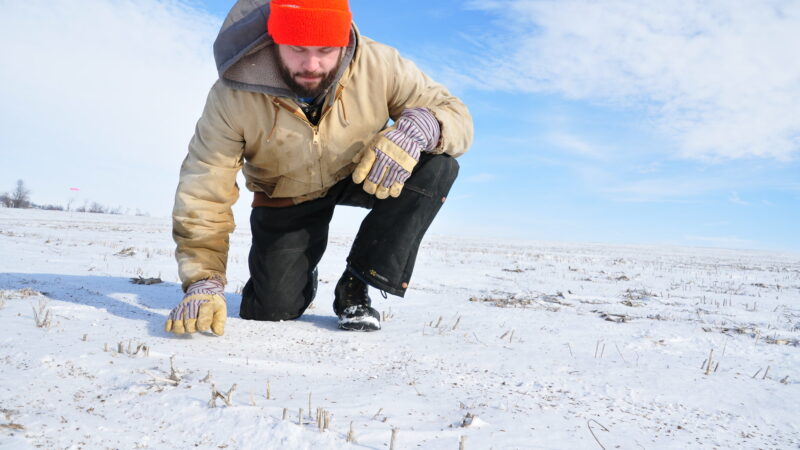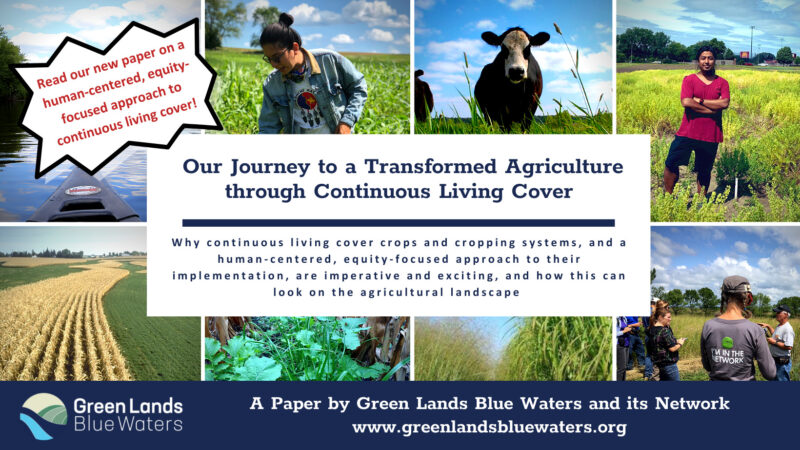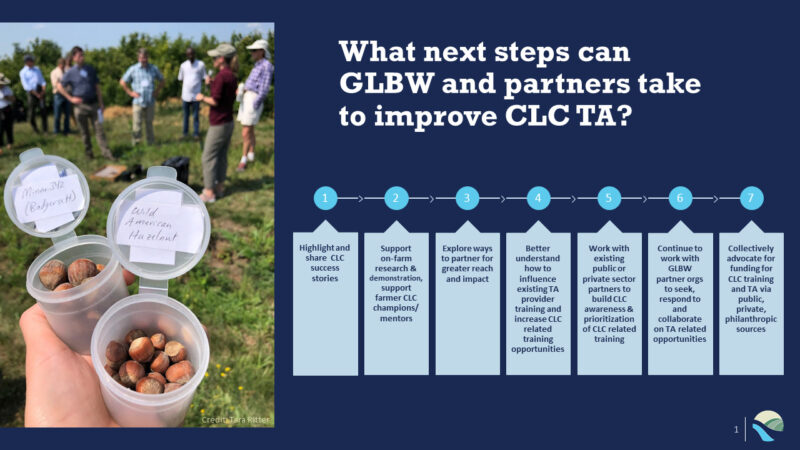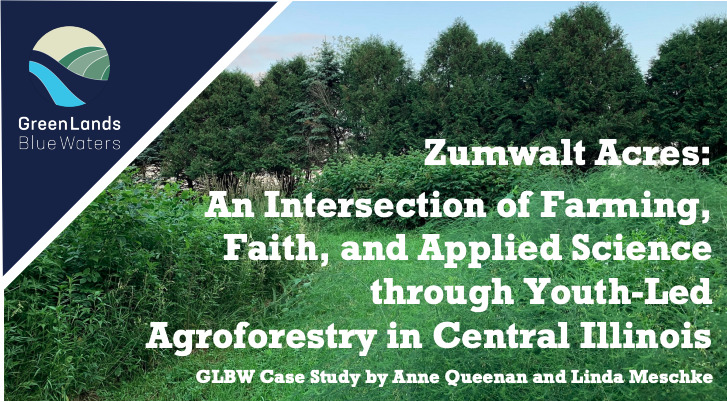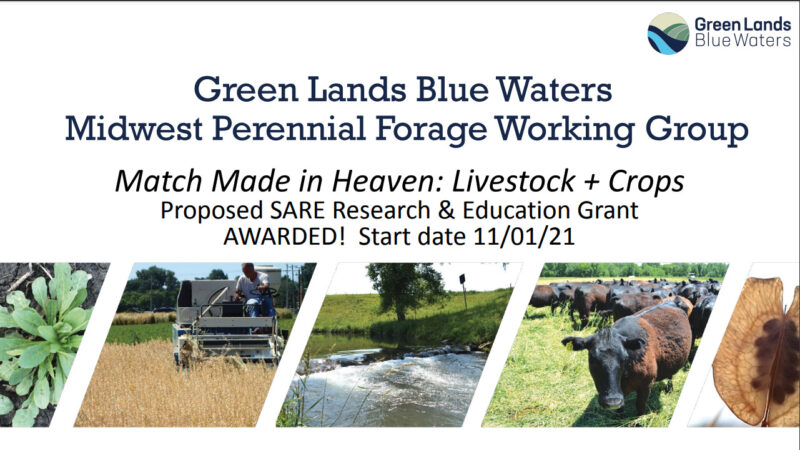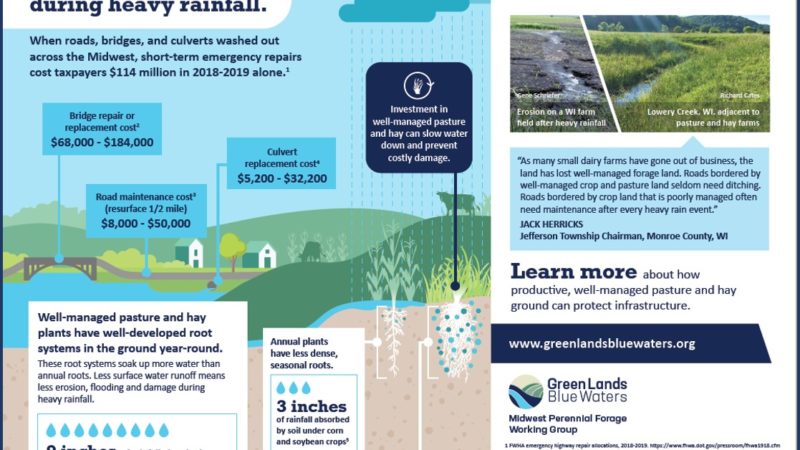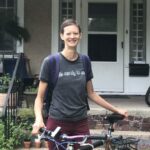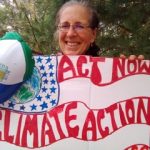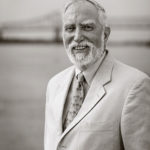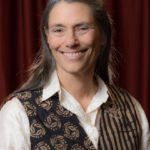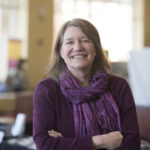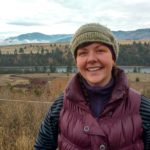“I’m with GLBW for the mission, the opportunity to work with others toward transformational landscape change. Simply put, there’s a better way out there for farmers, eaters, wild things and the land, and we get there with CLC. It’s essential for healthy soil and clean water. It’s an adaptable, practical approach to land management that works for the land and people. Most important to me, it robustly demonstrates that cultivating and valuing diversity is the key to landscape health. When we embrace diversity through practice, it becomes first a personal, then community value. The ripple effect leads to the world I want to see: where farms and creatures aren’t just factories, where farmers and their efforts aren’t just low value widgets, and where clean water and healthy soils are worth their weight in gold – summarily, a world where our communities are enlivened and renewed through the resilience of a living landscape.”
– Jeri Neal, Leopold Ecology

